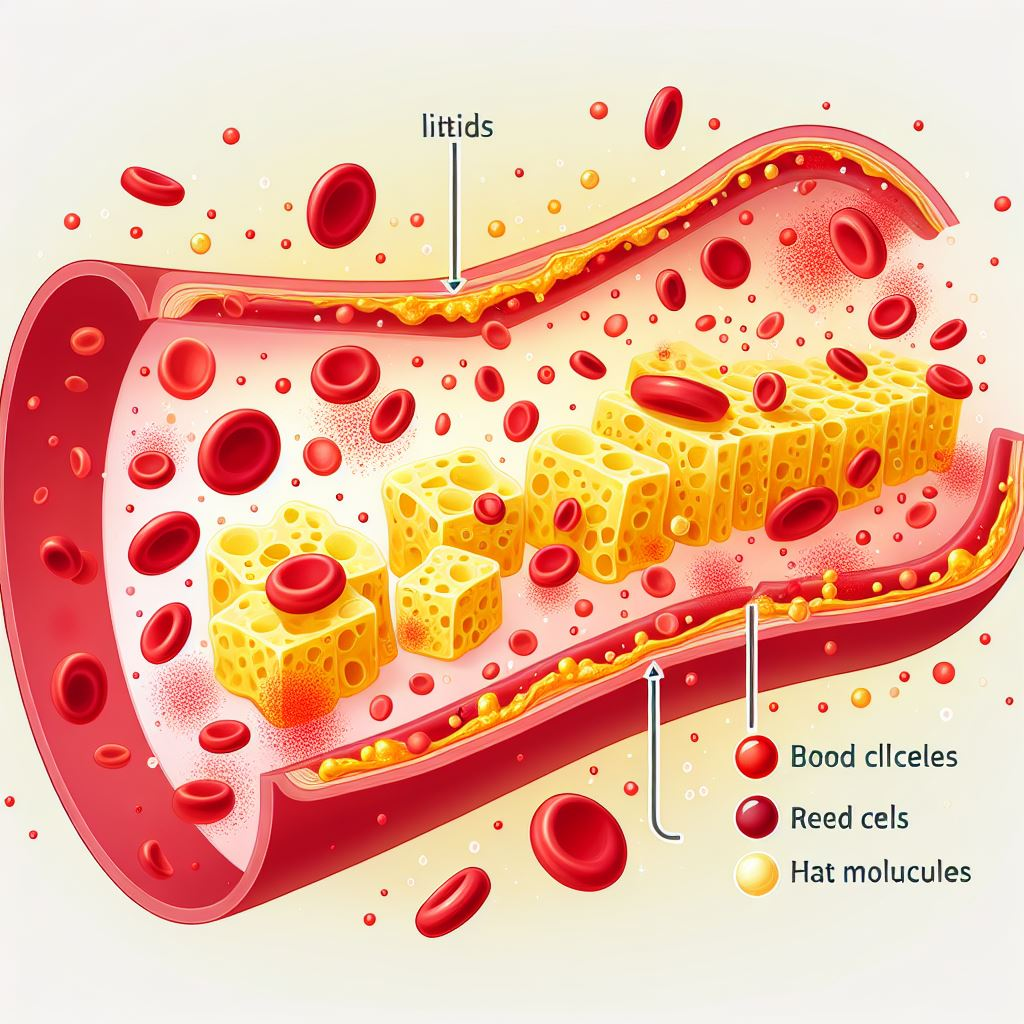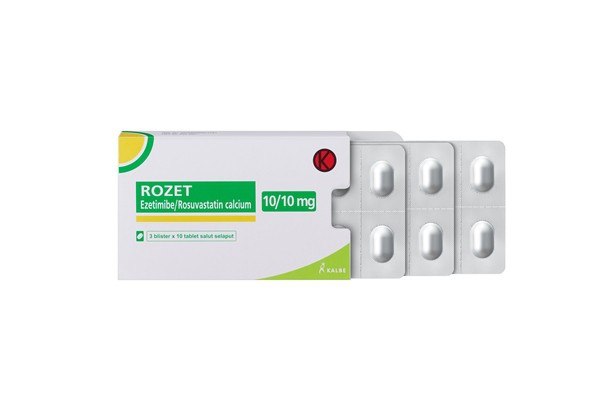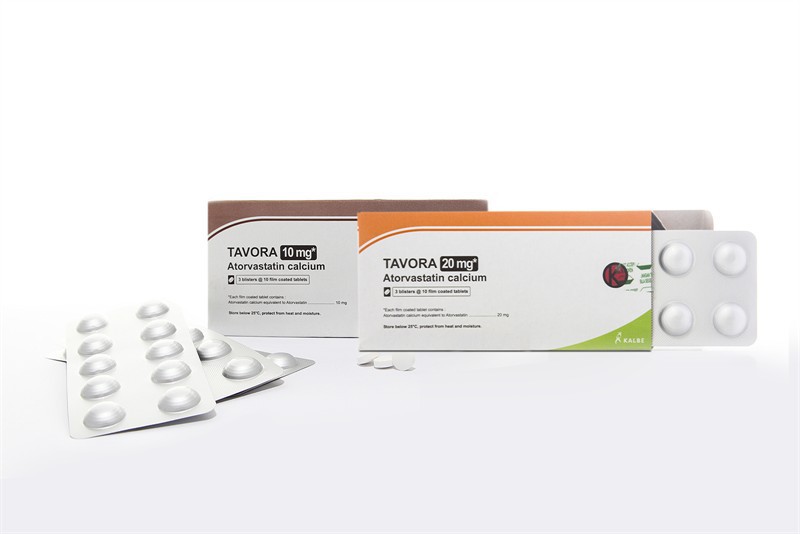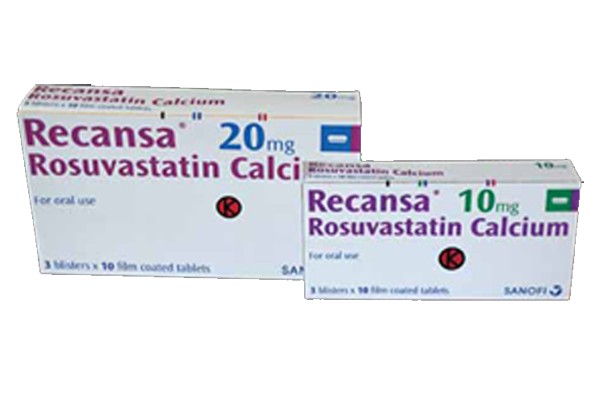
Atorvastatin-80mg/day and Rosuvastatin-40mg/day are the commonest high-dose statin regimes for post-PCI (Percutaneous Coronary Interventions) patients to lower (by ≥50%) blood low-density-lipoprotein cholesterol (LDL-C).
Dearth of conclusive evidence from developing world, regarding overall safety, tolerability and comparative effectiveness (outcome/safety/tolerability/endothelial inflammation control) of Rosuvastatin over Atorvastatin in high-dose, given its higher cost, called for an overall and comparative assessment among post-PCI patients in a tertiary cardiac-care hospital of Kolkata, India. A record-based non-concurrent cohort study was conducted involving 942 post-PCI patients, aged 18–75 years, on high-dose statin for three months and followed up for ≥one year.
Those on Atorvastatin-80mg (n = 321) and Rosuvastatin-40mg (n = 621) were compared regarding outcome (death/non-fatal myocardial infarction: MI/repeated hospitalization/ target-vessel revascularisation/ control of LDL and high-sensitivity C-reactive protein: hsCRP), safety (transaminitis/ myopathy/ myalgia/ myositis/ rhabdomyolysis), tolerability (gastroesophageal reflux disease: GERD/ gastritis) and inflammation control adjusting for socio-demographics, tobacco-use, medications and comorbidities using SAS-9.4.
Groups varied minimally regarding distribution of age/gender/tobacco-use/medication/comorbidity/baseline (pre-PCI) LDL and hs-CRP level. During one-year post-PCI follow up, none died. One acute MI and two target vessel revascularizations occurred per group. Repeated hospitalization for angina/stroke was 2.18% in Atorvastatin group vs. 2.90% in Rosuvastatin group. At three-months follow up, GERD/Gastritis (2.18% vs 4.83%), uncontrolled hs-CRP (22.74% vs 31.08%) and overall non-tolerability (4.67% vs. 8.21%) were lower for Atorvastatin group. Multiple logistic regression did show that compared to Atorvastatin-80mg, Rosuvastatin-40mg regime had poorer control of hs-CRP (A3OR = 1.45,p = 0.0202), higher (A3OR = 2.07) adverse effects, poorer safety profile (A3OR = 1.23), higher GERD/Gastritis (A3OR = 1.50) and poorer overall tolerability (A3OR = 1.50).
Post-PCI high dose statins were effective, safe and well-tolerated. High dose Rosuvastatin as compared to high dose Atorvastatin were similar in their clinical efficacy. Patients treated with Atrovastatin had significantly lower number of patients with hs-CRP (high-sensitivity C-reactive protein)/C-reactive protein (CRP) level beyond comparable safe limit and relatively better tolerated as opposed to Rosuvastatin-40mg.Thus given the lower price, Atorvastatin 80mg/day appeared to be more cost-effective. A head-to-head cost-effectiveness as well as efficacy trial may be the need of the hour.
Image: Illustration (source: https://www.freepik.com/)
Reference: Roy D, Mahapatra T, Manna K, Kar A, Rana MS, Roy A, et al. Comparing effectiveness of high-dose Atorvastatin and Rosuvastatin among patients undergone Percutaneous Coronary Interventions: A non-concurrent cohort study in India. PLoS One. 2020 May 19;15(5):e0233230. doi: 10.1371/journal.pone.0233230.














